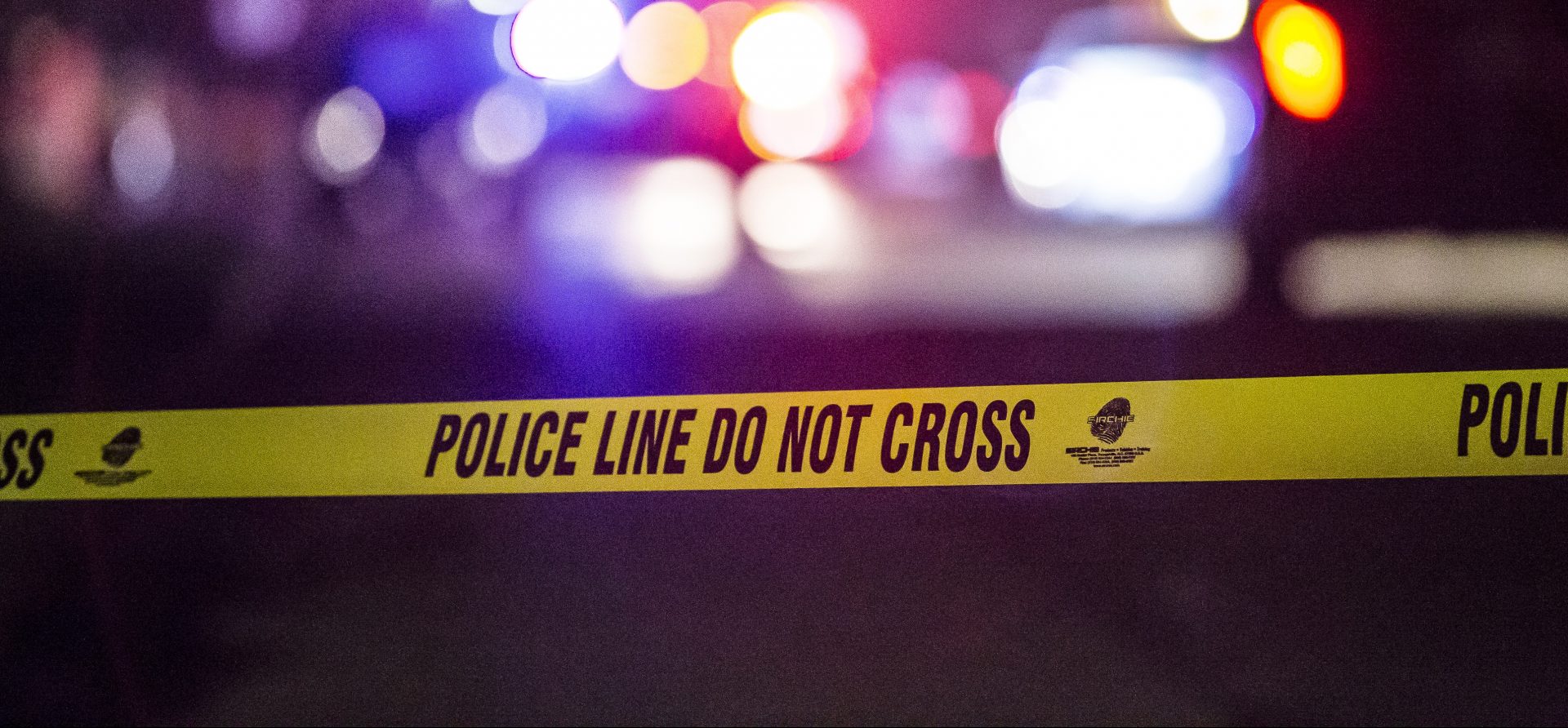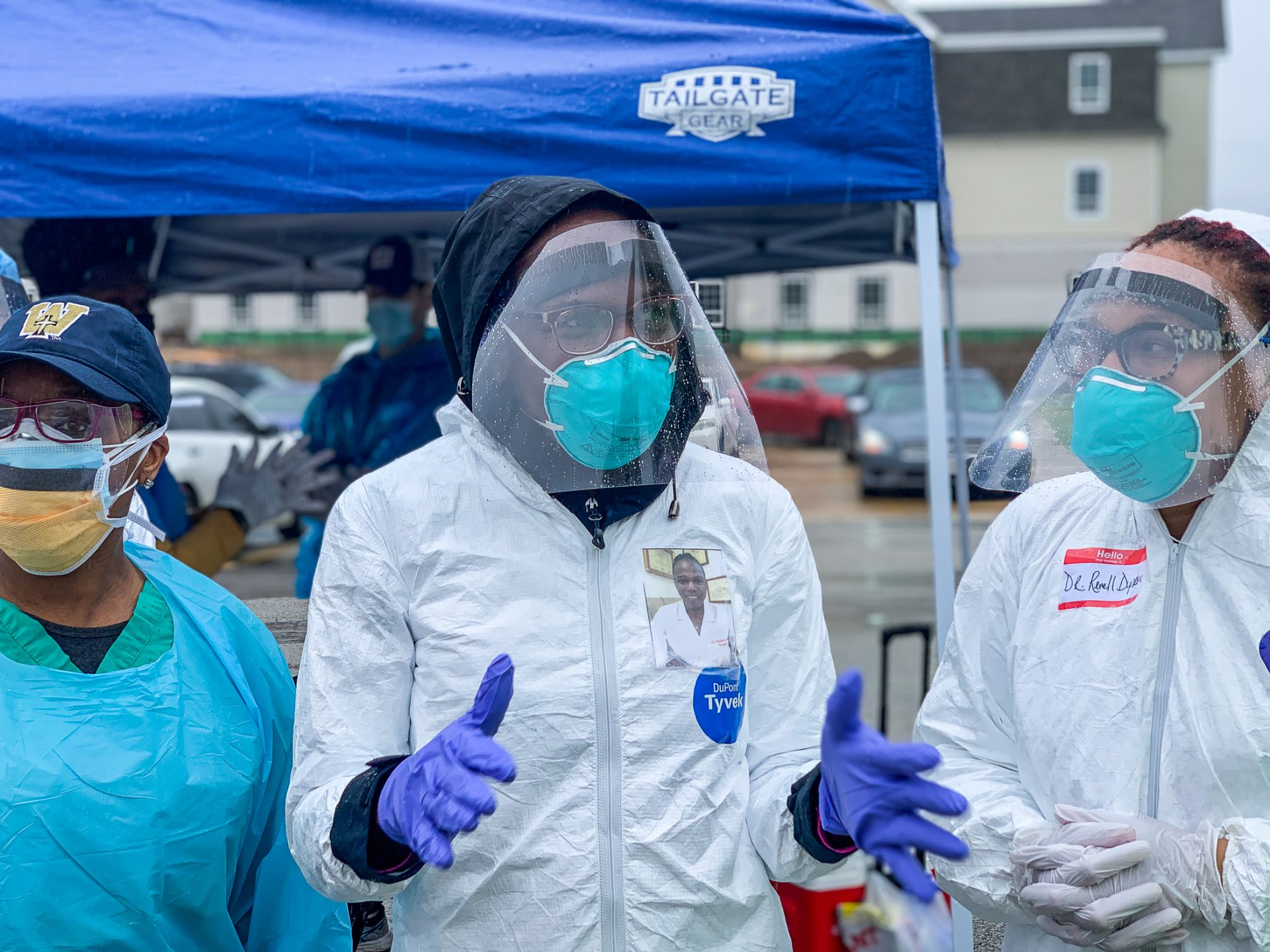
Courtesy of iStock.

Courtesy of iStock.

Courtesy of iStock.

Courtesy of iStock.
Did you get “the talk” from your parents when you were growing up? Or have you given “the talk” to your own kids?
I’m referring to the conversation in which parents instruct their kids about how to properly interact with police if they are ever pulled over or come into contact with law enforcement officials.
As a kid, I never received the talk from my mother and step-father, two white people who grew up in middle class suburbs in Louisiana and California, respectively. But once I learned how to drive, my biological father – an Iranian immigrant who came to America in the late ‘70s – gave me an entire driving lesson centered on how to act when a police officer pulled me over.
I’m glad he did. Growing up in Arizona in the era of SB1070 and Maricopa County Sheriff Joe Arpaio’s racist and xenophobic treatment of immigrants, I was indeed pulled over a handful of times. Some of the incidents were definitely my fault, but other times were questionable. Once, after handing over my license, registration and insurance, the officer then asked for my “papers,” to which I sarcastically gave the officer the homework pages that were lying on the passenger seat.
Every one of those times I followed my father’s instructions: I kept my hands in plain sight and let officers guide me and tell me what to do; I never talked back, nor did I ever reach for things without first narrating what I was going to do.
Why was I trained to be so cautious, particularly when being pulled over? Partially, because it’s rarely clear how police officers are trained to respond to high-stress situations. At what point are they allowed to respond with a baton, a taser or even a gun?
In most states, there are general rules in place that say officers can use deadly force if they feel threatened or if someone is evading arrest or escaping to commit a felony.
But beyond that, the specifics on how police officers are trained is often cloaked in secrecy. The killing of George Floyd in Minneapolis on Memorial Day set off weeks of protests, with police reform advocates calling for more transparency from law enforcement agencies. One of the simplest steps any agency could take in response to those calls is to make public their use-of-force policies.
In Pennsylvania, though, most police departments don’t do that. That’s what Ed Mahon and I found in our reporting for this story. We looked at 35 of the state’s largest municipalities to see if their police departments make use-of-force policies public..
A handful of cities have already done so; in Pittsburgh and Philadelphia, the policies have been online for years. Other cities (York, Bethlehem, Erie) recently released their policies, in part because of the optics around keeping the policy secret amid the national outcry over the deaths of Floyd, Breonna Taylor and others.
Of the departments we reached out to, more than two-thirds haven’t publicly posted their use-of- force policies on their websites. (As an aside, Tredyffrin Township’s police force publicly posts their workout routine, in case you want to get in those extra gains during the pandemic.)
Why does this matter? For many, it’s just about transparency and the old truism of if there’s nothing wrong, there’s nothing to hide.
DeRay Mckesson, an activist focused on civil rights and policing issues, told us that it’s unreasonable for the public to be left in the dark about police training. At the other end of the political spectrum, a libertarian-minded policy researcher (and former cop) at the R Street Institute in Washington D.C. told us that it’s simply good protocol to be transparent in how officers are trained. And some local police chiefs also believe in that.
So, why do so many departments fail to release their policies? Some say it’s because the public will use that information to harm officers. Two officials we spoke with defended not posting their use of force policies, stating that people who might want to push police officers to the edge of using lethal force, inciting a legal fight and media outrage.
And the Office of Open Records ruled in 2016 in an appeal decision that police departments can redact information in use of force policies that might give away tactical information.
You can read more on our story here.
And before you go, be sure and give us your thoughts on this. Do you think these kinds of policies should be public? If so, should all of it be released? And if not, do you think it harms people who may not know how to act in situations with police? Drop us your thoughts in our Listening Post here. – Joseph Darius Jaafari
Related reads:
The Philadelphia Inquirer: Independent police oversight could be coming to Philly, but funding is still a question
GoErie.com: Video shows Erie officer striking suspect’s head 7 times
NJ Spotlight: Op-Ed: The Need for a Fundamental Culture Change in Our Police Departments
WESA: Changing Public Perception Of Police Begins With ‘Hiring The Right People,’ Says Peduto
Philadelphia Tribune: Black leaders call on Philadelphia police to end stop and frisk — again
LNP: A month after racial injustice protests began in Lancaster, where do demonstrators’ demands stand?
Pittsburgh Post-Gazette: County Council committee hears testimony on ordinance for ‘less lethal’ weapon ban
Lehigh Valley Live: A welfare check with an erratic man ended with a police-involved shooting
Reading Eagle: U.S. Rep. Chrissy Houlahan launches town hall series on systemic racism in policing
Lt. Gov. John Fetterman op-ed in The Philadelphia Inquirer: Increased funding for Board of Pardons is key amid calls for police reform

Flanked by fellow doctors, Dr. Ala Stanford, founder of the Black Doctors COVID19 Consortium, speaks to a television camera in the parking lot of the West Philadelphia Seventh-day Adventist Church. (Christopher Norris for WHYY)
Another milestone: Pennsylvania surpassed 90,000 COVID-19 cases yesterday. So far, our state ranks 10th for the most number of cases in the nation. The Morning Call has a story on what the governor thinks of the situation: Gov. Tom Wolf concerned about post-July 4 coronavirus spike but says Pennsylvania in better spot than other states.
How does Pa. measure up to racial disparities among coronavirus patents? Communities of color across the nation have borne the brunt of COVID-19 infections and deaths, according to federal data released by the Centers for Disease Control and analyzed by the New York Times. In some parts of the nation, black communities have rates of infections ten times higher than white communities in the same county. What does that disparity look like in Pennsylvania? Similar in urban areas, but less so in rural. That has to do primarily with the racial makeup of rural Pa., and the fact that amongst many of the less populated regions the only people infected were white. But where there is more diversity, Black and Hispanic infections per 100,000 were higher. Only Lackawanna County had a higher rate of infection among whites compared to Blacks or Hispanics. LNP looked at what the Times’s analysis shows for Lancaster County.
Which businesses got coronavirus $ from the feds? On Monday, the Treasury Department published a list of firms that received Paycheck Protection Program funds, naming any business that received $350,000 or more. According to the Associated Press, 165,000 businesses in Pa. received PPP funds. Car dealerships owned by the family of U.S. Rep. Mike Kelly (R) got between $600,000 and $1.4 million from the program (exact amounts weren’t released, just ranges). In the Philly region, 90+ companies received as much as $10 million from the program. Keystone Crossroads looked at the number of charter schools that received PPP money. The Morning Call did the legwork to put the full list of Pennsylvania recipients online here.
Return to the office: Many businesses in the Pittsburgh region aren’t in a hurry to drop work-from-home policies. But this Pittsburgh Post-Gazette piece looks at one company — Peoples Natural Gas — that began returning workers to its office last month. “Following state guidelines, masks are mandatory in Peoples’ offices, unless people are working in isolation, [ safety director Ruth Werne] said. Hand sanitizing stations have been set up, and employees are being asked to eat lunch at their desks instead of gathering in a lunchroom. Peoples also is pilot testing a thermal scanner at the entrance to the North Shore building that scans employees’ faces to confirm they are wearing a mask. The scanner also takes employees’ temperatures. (Temperature checks can help spot coronavirus infections, but miss asymptomatic and pre-symptomatic people who may be able to transmit the virus.)”
Inside advantage?: UPMC is bidding to lead the state’s effort to improve infectious disease controls at nursing homes in western Pa. The catch? “The spending is guided by legislation, passed in May, that UPMC helped to craft. The region’s healthcare giant, though, intends to share the contract with its rival, Allegheny Health Network, and two smaller nonprofits in an arrangement that some hope will deepen a spirit of cooperation amid the pandemic, which has taken a heavy toll on care homes,” PublicSource reports.
Hoax, it was not: President Trump blasted NASCAR driver Bubba Wallace and said the incident where Wallace reported a noose in a garage was a hoax. The noose had been there since 2019. But it wasn’t without shock or concern. The Wall Street Journal’s Andrew Beaton and Louise Radnofsky – both very well sourced reporters – have the story on why it was able to hang there for so long, and how it got there.
Headlines round-up:
Philadelphia Inquirer: Penn State basketball coach, Delco native Pat Chambers referenced a ‘noose’ around a Black player’s neck. WPSU: Chambers apologized. The Undefeated: Noose comment by Penn State basketball coach points to larger NCAA problem
York Daily Record: Mayor: Illegally setting off fireworks ‘basically terrorism’; he wants law reversed
PennLive: Is your local hospital a force for good? New report card sheds light
LNP: Vice President Mike Pence to visit Lancaster County this week
PA Post: What would it take for Kanye West to get on the ballot in Pennsylvania?
The days of journalism’s one-way street of simply producing stories for the public have long been over. Now, it’s time to find better ways to interact with you and ensure we meet your high standards of what a credible media organization should be.